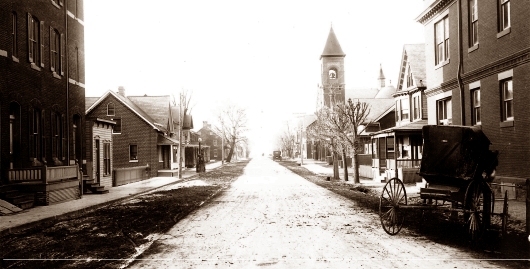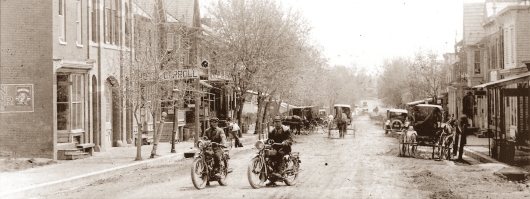The earliest known inhabitants in the Taneytown area were native Americans. The Tuscarora Indians hunted deer, otter, wolves, and wildcats in the area’s abundant woodlands. Before the arrival of white settlers, however, most native Americans had already migrated west over South Mountain in the Cumberland Valley. The Treaty of Six Nations, which was signed in Lancaster, Pennsylvania in 1745, offered white settlers protection from Indian attacks in Pennsylvania, Maryland, and Virginia and made the ownership of land by white men legal.
The early European settlers were Germans from Pennsylvania and Germany. Taneytown was founded in 1754 when one of the area’s first land grants took place. Nearly 7,900 acres were granted to Edward Diggs and Raphael Taney under a patent designated as the Resurvey of Brothers Agreement. Lots were laid out and the first deeds registered in 1762. Raphael Taney, whose home was in St. Mary’s County, probably never lived here. He did, however, help design the town’s layout and gave it his name. One popular misconception is that the town was named for Roger Brooke Taney, a U.S. Supreme Court Chief Justice. Judge Taney, who shared a common ancestor with Raphael Taney, was not born until 1777.
Given the long history of rural settlement, the City and surrounding area is rich in historic landmarks that continue to enhance and affect the character of the area. A portion of the City is designated as a Historic District with the National Register of Historic Places.



